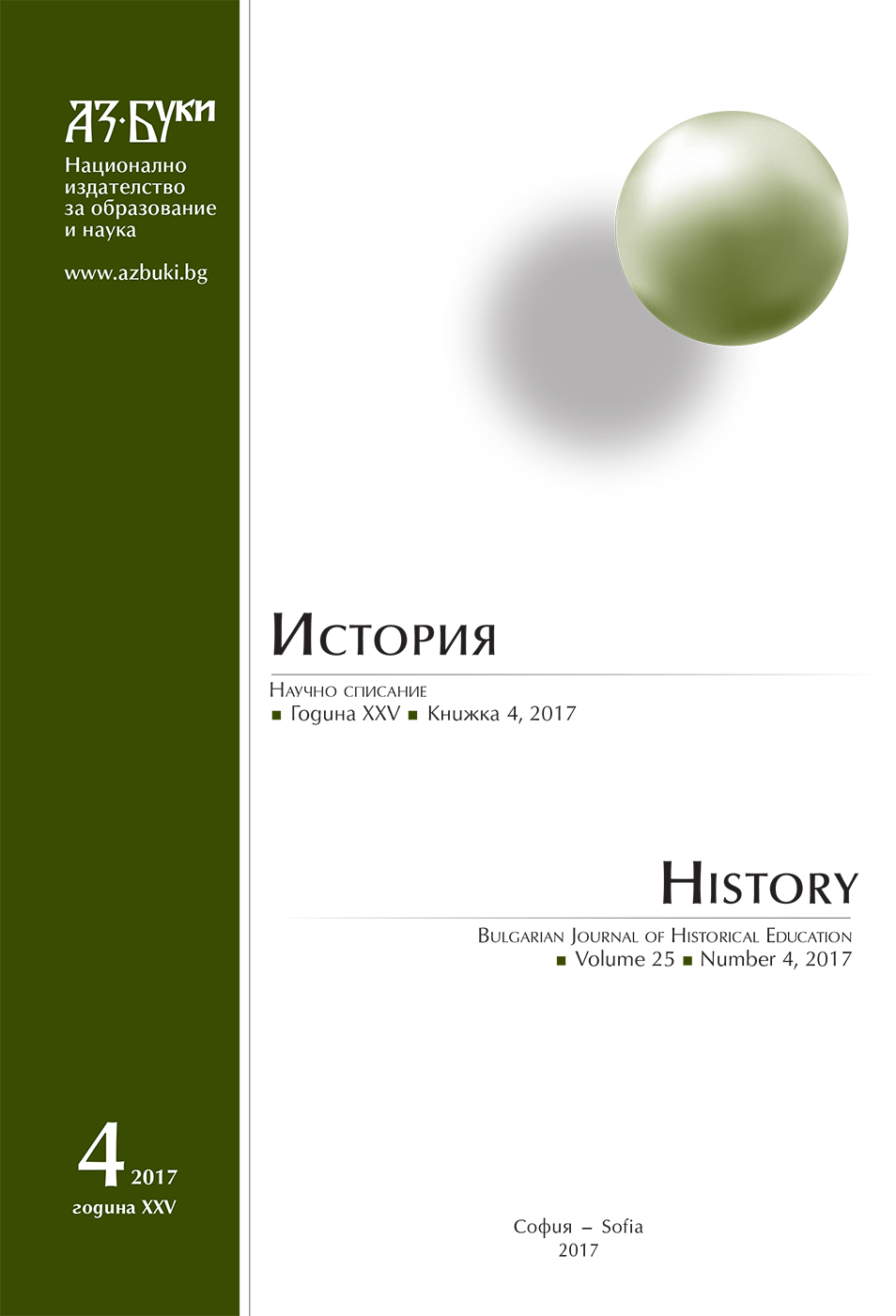
We kindly inform you that, as long as the subject affiliation of our 300.000+ articles is in progress, you might get unsufficient or no results on your third level or second level search. In this case, please broaden your search criteria.

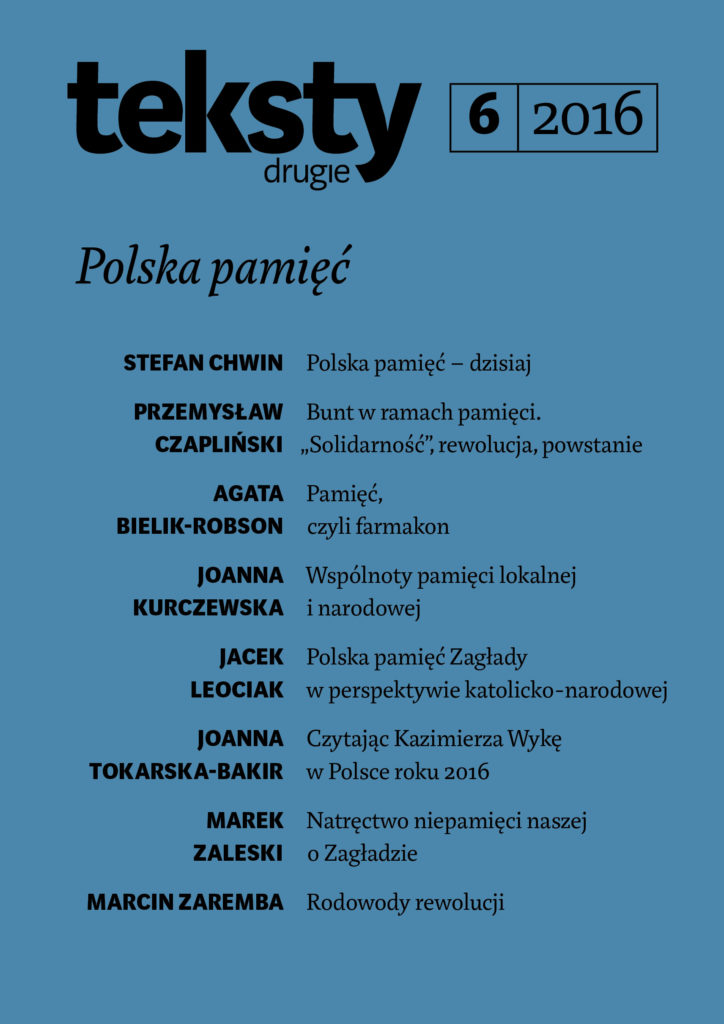
Kurczewska explores how communities of local and national memory are formed. Working on the assumption that they are emotional communities, she diagnoses them from a socio-institutional perspective, drawing on numerous empirical studies on local communities and their basic collective agents, such as associations, clubs and other initiatives. She proposes that the years 1989-2015 (i.e. the Third Republic) saw the formation of communities of memory, which functioned on the meso level of Polish society. They shaped the content and forms of collective memory, becoming an essential social and cultural resource for Polish memory. Kurczewska points out that these communities are a necessary element to diagnose the national memory of Polish society as a complex structural entity. Last but not least, they are a factor in a ‘grassroots’ social and cultural interpretation on the level of the macrosociety of the state.
More...
Bilewicz applies notions borrowed from the psychology of emotions to understand collective (im)memory in Poland, with a particular focus on defensive reactions to new historical data on Poles’ negative behaviour. Based on James Gross’ concept of emotion regulation, Bilewicz elaborates a model of downregulating collective moral emotions (such as guilt and shame). He then applies this model to the debate on the Jedwabne pogrom. He also outlines systematic social psychological studies that support his proposed emotion downregulation model. The article concludes with a discussion of alternative ways of presenting negative history – ways that overcome those defensive emotion regulatory processes.
More...
Lipszyc analyses Polish collective memory from a psychoanalytical perspective. Building on the work of Melanie Klein and its application to international relations as proposed by Hanna Segal, he tries to show that the Polish collective subject and the memory that defines it exist in a particular form of the paranoid-schizoid position. The defining characteristic of this position is a fantasy of one’s own impotence, which allows the subject to disregard his or her own agency and to eschew responsibility for his or her own actions. Lipszyc enhances his analysis by drawing on Walter Benjamin’s notions on myth and the demonic.
More...
Zaremba demonstrates how insurrections and revolts were commemorated in the 1970s, how those traditions were reproduced, and who remembered them. The article begins with a description of the events of December 1970, which would become important reference points for ideas on oppositional activism. Discussing the Poles’ collective memory of March 1968 and October 1956, Zaremba emphasizes the significance of World War II: a code of resistance and cooperation has emerged as a long-term consequence, resounding most clearly and most frequently in the myth of the Warsaw Uprising. The article concludes with a discussion of what Adam Mickiewicz called książki zbójeckie (robbers’ books) – a term Zaremba applies to writers such as Bohdan Cywiński, Andrzej Kijowski and Marian Brandys. They were robbers’ books because they altered the atmosphere of public life in the 1970s, reclaiming memories of political thought that had no official place in the Polish People’s Republic.
More...
Dauksza examines the status of non-Jewish Polish concentration camp survivors. Their wartime experience and the way in which they functioned after the war has always been and continues to be different from the Jewish experience. Based on empirical studies, Dauksza argues that the problem is that their experience is ‘an experience without a name’: unable to name it, they are also unable to experience what happened to a significant group of Poles during the occupation. The question concerns not only actual former prisoners and their relatives – as the framework of post-memory transfer would suggest – but also individuals who for several years lived in fear of being deported, as well as those who witnessed the deportation of others, including Jews.
More...
Saryusz-Wolska analyses covers of conservative weekly magazines to examine contemporary Polish right-wing iconography. Focusing on historical motifs, she highlights the mechanisms behind the construction of ‘us’ and ‘them’ or ‘enemies’ and ‘friends’ in visual discourses. Drawing on voices from both politics and the media, these right-wingers call attention to perceived threats – such as Europe, Germany, Russia, or refugees. The magazine covers studied here mirror those ‘threats’ by drawing on a simplistic and emotional symbolism. The European Union is likened to Nazism, Angela Merkel to Hitler. We also see collages that draw on historical iconography but in a contemporary context, such as refugees forcing Poland’s borders in the place of Wehrmacht soldiers. Thus the iconography of the right creates simplistic parallels and suggests false analogies.
More...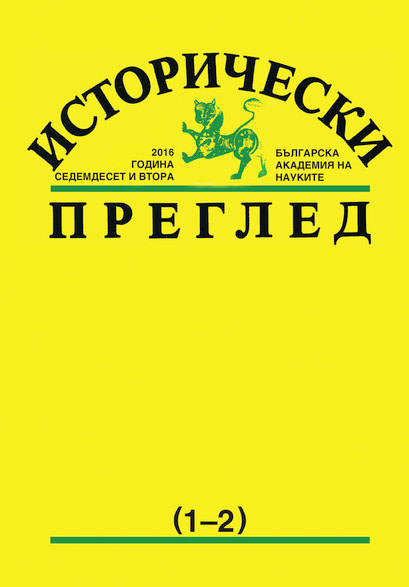
In 1990, The Day of Liberation of Bulgaria from Ottoman Yoke was proclaimed a national holiday, which is honoured on 3 March. On this date (19 February after the old Julian calendar), in 1878, the Peace Treaty of San Stefano was signed, which put an end to the Russian-Turkish War. A quarter of a century already, instead of playing the function of a symbol of national unity, this national holiday turns into an arena of acute confrontation between the political powers in the country, polarized between euroatlantism and russophilia. The retrospective overview of the commemoration of this holiday of the Bulgarian national calendar since 1878, provided by the paper, reveals that it has always been so. During each relatively detached period of Bulgarian historical development, the holiday on 19 February/3 March has always been used as an instrument to split Bulgarian society and State between East and West.
More...
The years after the Ilinden Uprising put to the test the overall work of the Exarchate in Macedonia. One of the levers by which the Ottoman authority tried to sabotage the process of consolidation of the Bulgarian element in the provinces was the principle of preserving the ecclesiastical status quo. After the uprising many villages started leaving the Patriarchate and passing under the jurisdiction of the Exarchate. That was an increasing trend which pushed to the fore the question of the ownership of churches and schools. For many years the problem remained unsolved by the government, whose policy was to maintain the idea on confrontation between patriarchists and exarchists. And after the Young Turk revolution of July 1908 the issue remained on the agenda and the government continued to apply the familiar tactic of delay and transfer of responsibility in this case to the parliament. The decision was taken as late as the summer of 1910 with the adoption of the Law of contentious churches and schools. Although its provisions did not fully meet the legitimate expectations of Bulgarians, they regulated a solution to a problem which albeit artificially created and maintained by the government was quite pressing for the population in the provinces.
More...
Through the prism of Bulgarian church history and its links with the Roman Catholic world, the author outlines the wide range of issues that were addressed at the Second Vatican Council (XXI Ecumenical Council of the Roman Catholic Church), which largely shaped the development of theological thought in the second half of 20th century. The article also focuses on the Vatican’s active diplomacy during the period under review and on the internal discussions between the local Orthodox churches, which led to a more open dialogue and increased interest in the work of the Council.
More...
Bulgaria and Slovakia, as well as their diplomatic, military and political, economic and cultural relations are an integral part of the history of the Southeast Europe during the Second World War. The two countries and their relations are experiencing strong influence of a complex set of factors in the arbitration and the dominant role of German policy. German plans for world domination and a new order in Europe affect almost all aspects in the old continent life – state, international relations, economics, coexistence of different ethnical communities that are historically formed. In Central and Southeast Europe German policy led to the formation of a mosaic of allied, semi-independent and satellite regimes of Germany, on whose development and relations, it continues to affect the entire period of the war. The study of the relations between Bulgaria and Slovakia – bilateral and after the accession of both countries to the Tripartite Pact – allied, gives new perspectives on major events and developments in the war, but especially to the national-territorial problems in Central and Southeast Europe and attempts for their solving during the war years.
More...
The article is of an overviewing and analytical nature and traces the Chinese classical works published in Bulgaria since 1878 – works written down to the end of the Qing Dynasty (1911), in the sphere of culture, literature, philosophy – as well as publications of Bulgarian authors in the field of classical Chinese culture. The introductory part summarizes the specificity of the Chinese classic published in Bulgaria, taking into account the different forms and genres of Chinese works as well as the translated literature, including translations from third languages. Factors influencing the intensity of its spread are also analyzed. The study attempts to periodicise and classify Chinese classics published in Bulgaria. The materials discussed are arranged in chronological order in several distinct periods: from the beginning of the 20th century until the Second World War; The time of the Second World War; 1950s; From the mid-1960s to the late 1970s; The 1980s and 1990s, after the 2000s until today. Special attention is given to the creation of the Chinese specialty in Bulgaria as well as to Bulgarian authors and researchers related to the Chinese classics – Bora Belivanova, Lencho Dimitrov, Krum Atsev, Sofia Katarova, Evgeniy Karaulanov, Aleksandar Aleksiev, Mariana Malinova, Teodora Koutzarova, etc. In the final part of the study, the number and frequency of the publication of works related to the distribution of Chinese classics in Bulgaria are outlined and the enormous difficulties in finding them are revealed.
More...
Usually we search for the relation between the archives and the access to the archival information and historical research. The article changes the perspective analyzing the opposite effect – the historical guild and history production on archival practice. Underlying this attitude is the functioning of the memory modes giving rise to the nature of historical research and their requirements for programs and practice of archival institutions. In the new and modern Bulgarian history there are periods of intensive construction and re-composition of the value matrix. With its help and around it the historical picture of the past is built. This includes “secondary” historical documentation – a phenomenon which seeks to compensate for the characteristic deficits. One of the target periods is related with the processes of nation-building in the decades before and after the establishment of the modern Bulgarian state. The creation and the maintenance of archival centers in Bulgaria bears the burden of modern national construction, including writing an official history. After World War II the public system in Bulgaria authorizes the history with important functions governing the society. Created in the early 50s of the XX century system of the state archives must meet the needs of repeatedly increased (and increasing) bureaucracy, but also – the special treatment of the new power to history and historical knowledge. The state archives commit more tangibly with the academic and the ideological institutions dealing with the interpretation of the past. Largely this attitude determines the policy of acquiring documents and, of course, providing access to archival information. In these conditions, historical studies are becoming an important factor for the development of the archival system and practice in Bulgaria.
More...
The study aims to highlight the way in which the development of Bulgarian economic history is presented in periodicals. The periodic edition of “Mini Pernik” as a source for economic historiography is considered as a concrete example. At the same time, by studying the specialized literature on the topic, the author recreates the history of mining in the region.
More...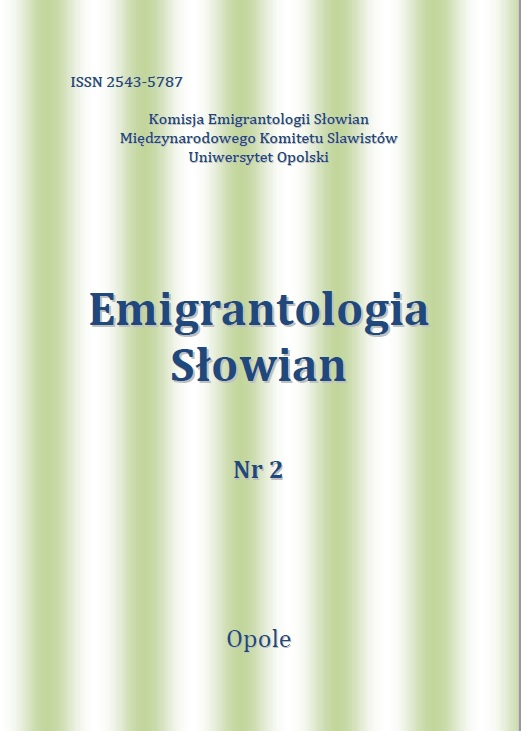
The article deals with history of formation of the Russian enclave near Trekhrech’ye (Sanhe, the District of Hulunbuir, Inner Mongolia, the People's Republic of China). Since the beginning of the 19th century, this area bordering on Transbaikalia became populated from the Russian side by Cossacks, Old Believers, crime fugitives, to mine gold men. From the middle of the 19th century, cause of hunger in the southern and central regions the Chinese settled there. There are more marriages registered between Chinese men and Russian women so the metis people were born ("half-bloods"). The events of the October revolution and the Russian Civil war strengthened an influx of the Russian emigrants to Trekhrech’ye. To the middle of the 1950th the Russian and "half-bloods" constituted the majority of the population Trekhrech’ya which living in traditions of the Russian country culture and speaking Russian.
More...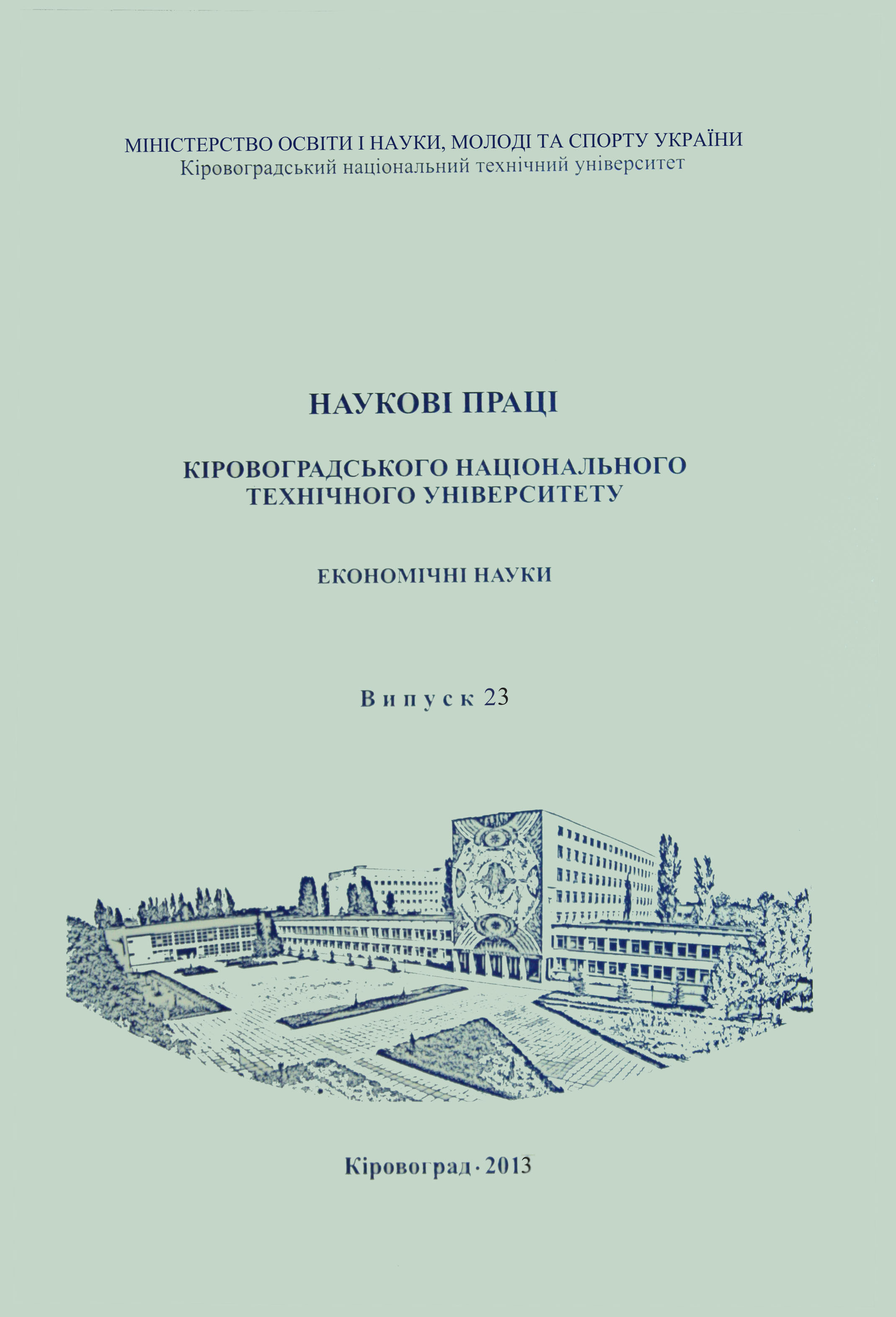
Any attempt to make a research on our society’s command economy in its various fields can help our management develop analytical approach and implement a liberal economy type.The important observations are:At the end of the 20s New Economic Policy (NEP,) that was characterized by its liberal management of economic processes and some elements of marketing economy, was replaced by command economy with its directive and voluntaristic approach and noneconomic methods of national economy management.Later in the 30s for a long period the economy of the Soviet Union went back to the policy of “military communism” which was based on the regression of commodity-money relations, dry administration and compulsion. “Great Leap” in heavy industry during the years of industrialization caused serious disruption, disorganization and considerable complications in the economic development, including railway transport and other areas of national economy.
More...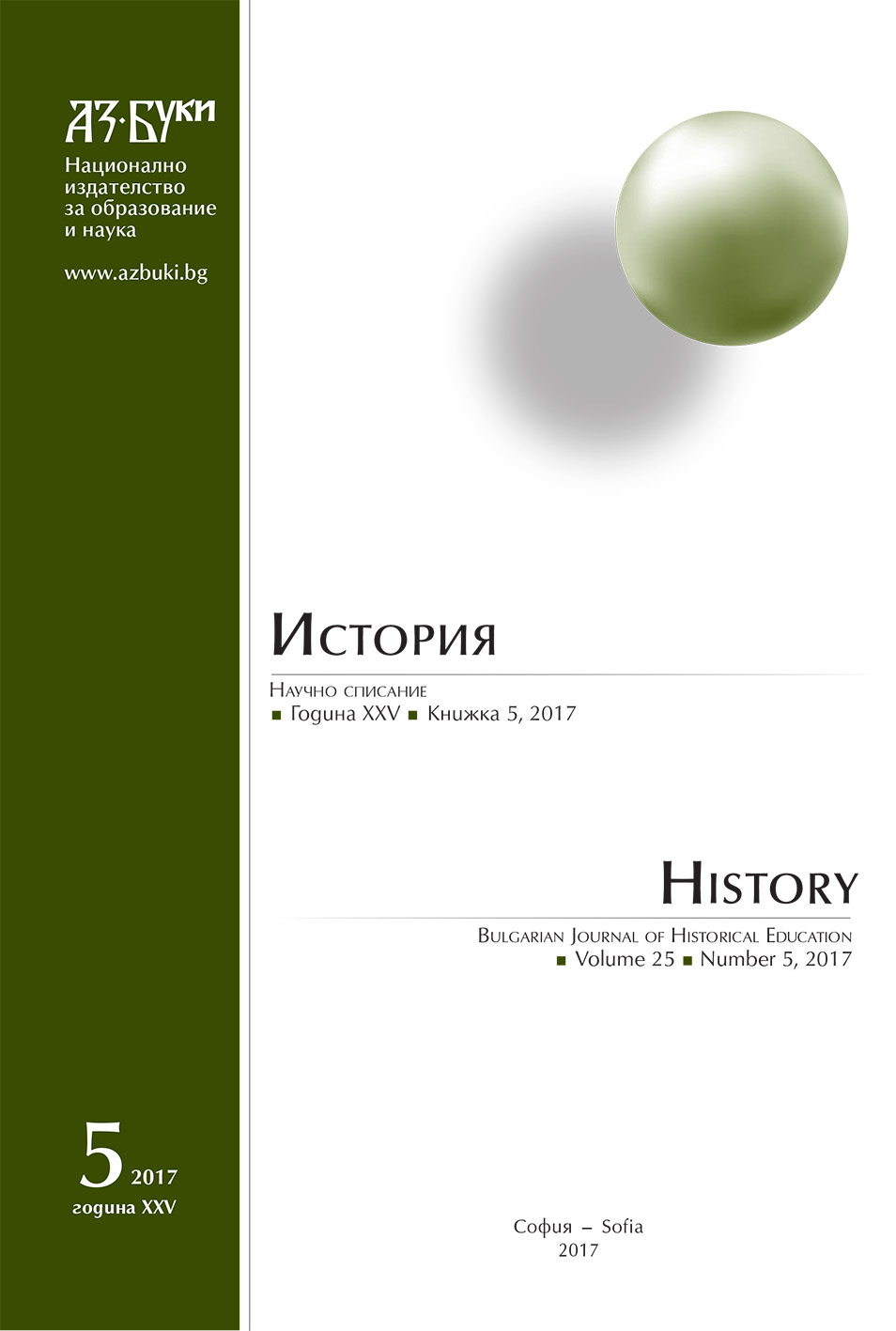
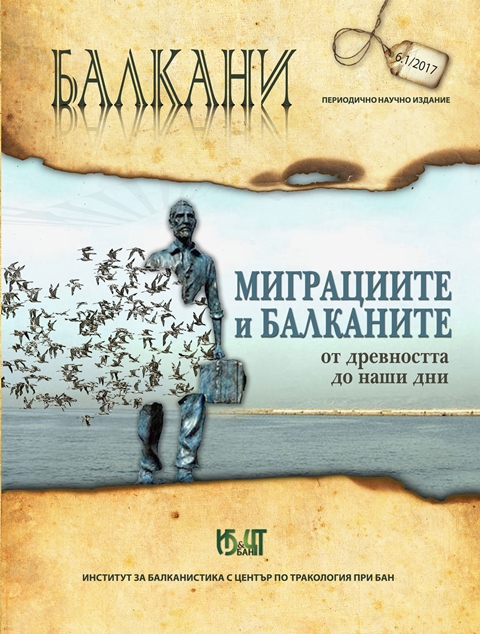
In the summer of 1989 a mass emigration of Bulgarian Turks began. It was caused by the so-called “revival process” that started in the end of 1984 and was directed towards the assimilation of this ethnic minority. Another reason for the emigration were the important changes that took place during the first half of 1989 in Bulgaria, but also in the sphere of international relations. Within three months more than 300 000 people left the country. This caused a sharp aggravation of the relations between Bulgaria and Turkey, already seriously damaged since the beginning of 1985. Bulgarian historiography still lacks depth study of the international aspects of the crisis in the Bulgarian-Turkish relations. This paper aims at tracing the attempts undertaken by the USSR to overcome the crisis through bilateral dialogue between Ankara and Sofia. Using unpublished archival documents, it analyses the activities of the Soviet diplomats and of Bulgarian and Turkish authorities and the results of the Soviet mediation.
More...
This paper presents a brief overview of the topic of relations and links between People’s Republic of Bulgaria and the Bulgarian diaspora in Western Europe during the Cold War. The policy of socialist Bulgaria to the Bulgarians abroad was based on political selection and was conducted through orchestrated contacts. In the context of the Cold War the migrants in the countries of the West were divided into “enemy” and “patriotic” (loyal) “emigration” in accordance with their attitude toward the communist regime. During the late socialism the regime in Sofia used more actively the “patriotic” arsenal to attract and use for its own purposes the so-called “Bulgarian colonies” in the “non-socialist countries”. But the ideological and political boundaries in the state policy were preserved. The topicis developed in view of the great importance of the issue of external migrations and relations with the diaspora for Bulgaria nowadays.
More...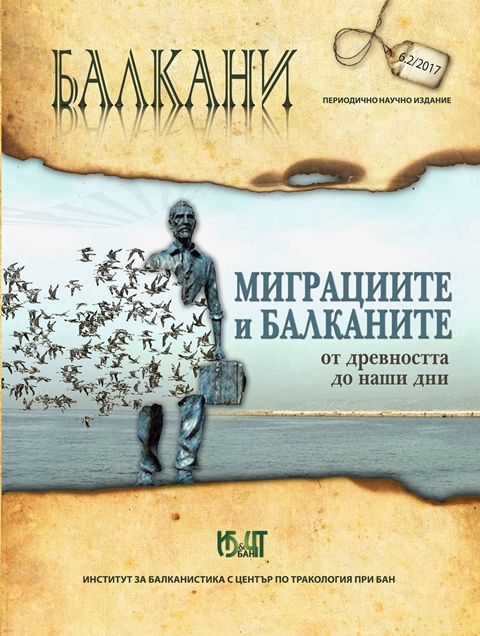
The article, based on documents from Bulgarian Exarchate’s archive and other sources, analyses the trends of temporary labour migration of Bulgarians from the region of Kastoria and the adjacent areas of Florina, Bitola, Prespa and Ohrid. While the traditional patterns involved destinations within the Ottoman empire or newly established states Romania, Bulgaria or Greece, at the turn of the century the flow was gradually directed also towards North America. For example, in 1911 38% of migration from Kastoria area was to the New World, 34% – to other regions of the Ottoman empire, including its capital Constantinople, and 22% – to the Kingdom of Bulgaria. The local village or micro-regional factors greatly influenced the migrants’ choice. However, the labour migration to both traditional and new destinations until the Balkan wars of 1912–1913 was temporary (up to several years), and involved only working-age men, between 50% and 80% of them in most of South West Macedonia.
More...